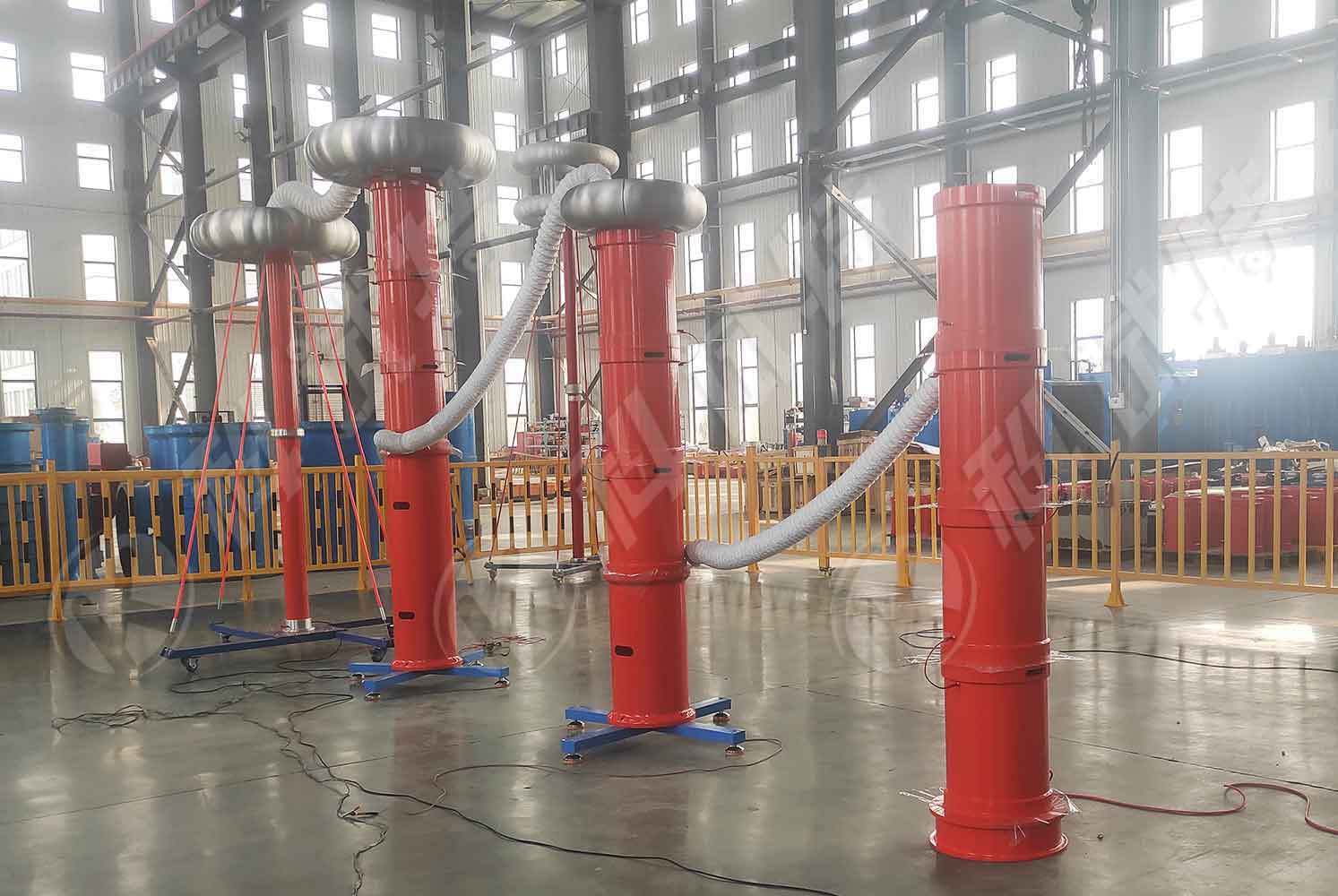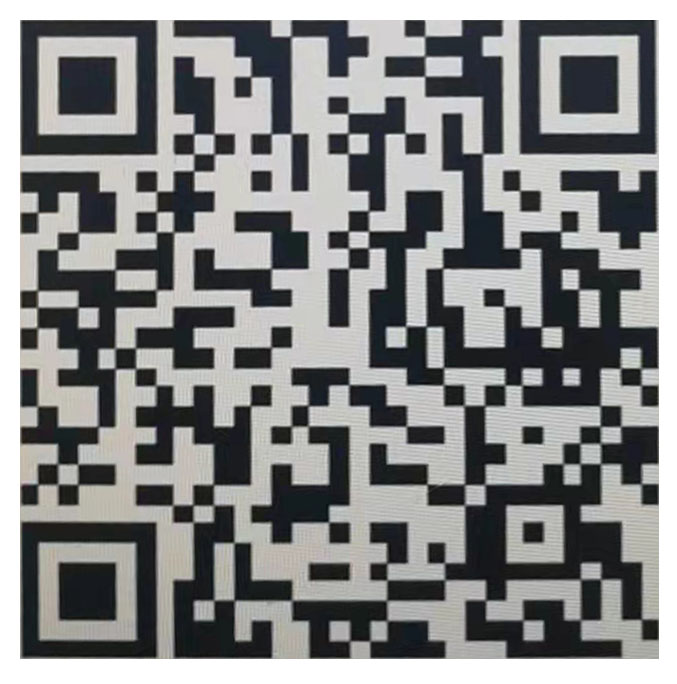The variable-frequency series resonance testing system, by simulating high-voltage environments in actual operation, is capable of comprehensively testing the insulation performance of electrical equipment. It is suitable for voltage withstand tests and insulation defect diagnosis of various capacitive test samples. The following outlines the types of insulation performance that can be tested by this system and their specific application scenarios:
1. Basic insulation performance testing
① AC withstand voltage test
Core function: To verify the withstand capability of equipment insulation under power frequency or variable frequency high voltage, and simulate overvoltage scenarios during long-term operation.
Test object:
a. High-voltage cables: Cross-linked polyethylene (XLPE) cables, oil-filled cables, etc. The withstand voltage levels of the main insulation (XLPE layer) and sheath insulation are tested.
b. Generator: Stator winding insulation (mica tape, epoxy resin, etc.), testing the breakdown voltage between coils and to ground insulation.
c. Transformer: high-voltage winding, low-voltage winding, and bushing insulation, verifying the voltage resistance of insulating oil and paperboard.
d. GIS/SF6 switch: voltage withstand capability of gas insulation gap and solid insulation components (such as pot insulators).
② Insulation resistance measurement
a. Auxiliary function: Indirectly assess changes in insulation resistance through current monitoring in the resonant circuit (requires a dedicated insulation resistance tester).
b. Application scenario: Detecting resistance drop issues caused by cable moisture, transformer insulation aging, etc.
2. Partial discharge detection
① Partial discharge (PD) location and quantification
Principle: Under resonant high voltage, insulation defects (such as air gaps, cracks, impurities) will generate partial discharge pulses, which are captured by sensors as discharge signals.
Test object:
a. Cable joint: Inspect for manufacturing process defects (such as stress cone offset, poor stripping of the semi-conductive layer).
b. Motor winding: partial discharge source at the ends of the positioning coils and the slot insulation.
c. Transformer oil-paper insulation: Identify defects such as paperboard wrinkles and blocked oil channels.
Advantages: Non-destructive testing, capable of locating defects and assessing their severity.
② Partial discharge spectrum analysis
a. Method: By analyzing the phase, amplitude, and frequency distribution of discharge pulses through frequency spectrum analysis, different types of defects (such as internal discharge and surface discharge) can be distinguished.
b. Application: Combine ultrasonic and ultra-high frequency (UHF) sensors to improve the accuracy of defect identification.
3. Measurement of dielectric loss factor (tanδ)
① Insulation material aging assessment
Principle: Measure the tangent of the loss angle (tanδ) of the insulating medium under resonant voltage, which reflects the energy loss during the polarization process of the medium.
Test object:
a. Cable insulation: Evaluate the degree of aging of cross-linked polyethylene (an increase in tanδ indicates a decrease in segmental mobility).
b. Capacitor: detect aging or moisture of thin film/aluminum foil dielectric.
c. Transformer bushing: Determine the deterioration status of insulating oil or paperboard.
Criteria: Further inspection is required when the tanδ value exceeds the manufacturer's specifications or shows a significant increase compared to historical data.
② Capacitance change monitoring
Correlation analysis: The tanδ measurement can simultaneously obtain the capacitance value of the tested object. An abnormal increase in capacitance may indicate moisture in insulation or local defects.
4. Diagnosis of insulation defect types
① Water tree/electrical tree defects
a. Cable inspection: Under resonant high voltage, the development of water trees (caused by moisture) or electrical trees (caused by electric field concentration) will accelerate, which can be identified through partial discharge or changes in tanδ.
② Insulation layer is peeled off or damaged
a. Motor/generator testing: The stripping of the winding insulation layer can lead to changes in capacitance to ground, and abnormal voltage distribution during resonance testing can locate defects.
b. Method: Combine infrared thermal imaging to identify local overheating areas.
③ Gas insulation defects
a. GIS detection: SF6 gas leakage or contamination on the surface of insulators can lead to localized field intensity concentration, which may trigger flashover during resonance testing.
b. Supplementary means: Analyze the decomposition products of SF6 gas to confirm the type of internal fault.
5. Special application scenarios
① Long-distance cable voltage withstand test
a. Challenge: Traditional power frequency withstand voltage requires a large-capacity power supply, while variable frequency resonance amplifies voltage through resonance, reducing power supply requirements.
② Test of stator winding of large-capacity generator
Advantages: The generator has a small capacitance, requiring high-frequency resonance (such as 100-300Hz) to reduce inductance, and the variable frequency system provides flexible support.
b. Standard: Compliant with IEEE Std 500™-2018 "Guidelines for Field Voltage Withstand Tests of Rotating Electrical Machines".
③ Offshore wind turbine testing
a. Environmental adaptability: The variable frequency system is small in size and light in weight, making it suitable for the limited space of offshore platforms or ships.
b. Detection objects: Submarine cables, step-up transformers for wind turbine generators, etc.

ZCVF-A series frequency conversion series resonant AC withstand voltage device is suitable for AC withstand voltage test of transformer, circuit breaker, switch, GIS system, cable, bushing, insulator and other equipment. It has the functions of high voltage over-voltage protection, low voltage over-current protection, detuning protection, zero position protection, flashover protection, emergency shutdown, under-voltage protection and so on. It not only meets the requirements of equipment test conditions for high voltage and small current, but also meets the requirements of equipment test conditions for low voltage and large current, and has a wide application range.
Kvtester Electronics Technology Co.,Ltd. is a high-tech enterprise specializing in power testing, testing, research and development, production, and sales of testing equipment. It has been engaged in the electrical testing industry for many years, and its products are of high quality. We welcome customers to come and purchase. Service hotline: 0086-27-81778799, to learn more, visit the official website: www.kvtester.com





